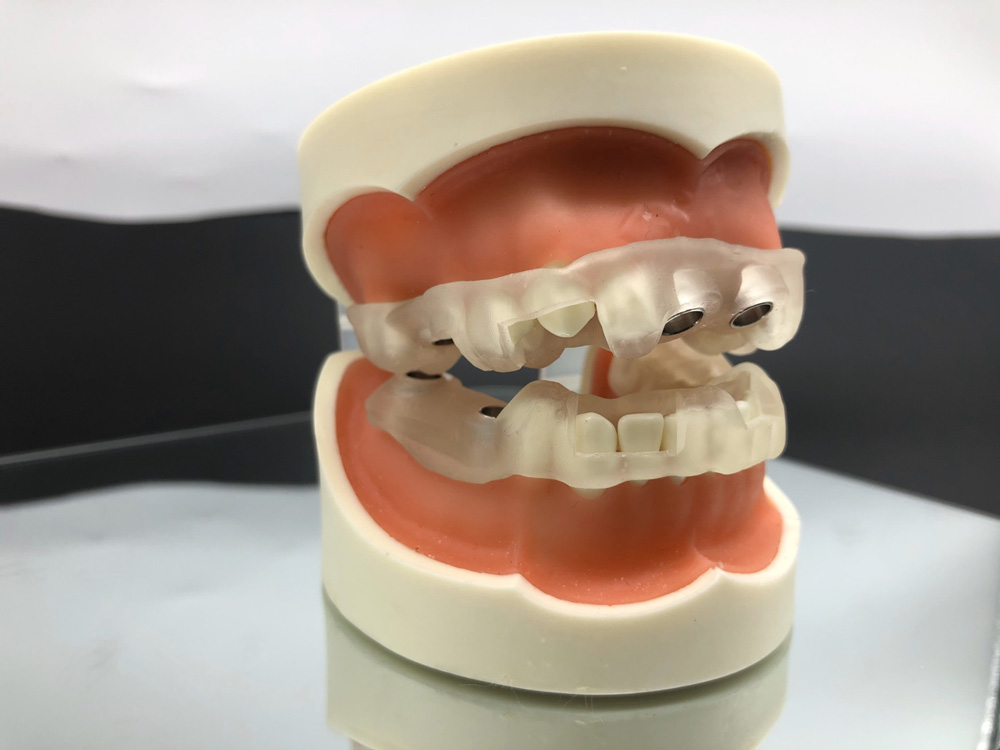
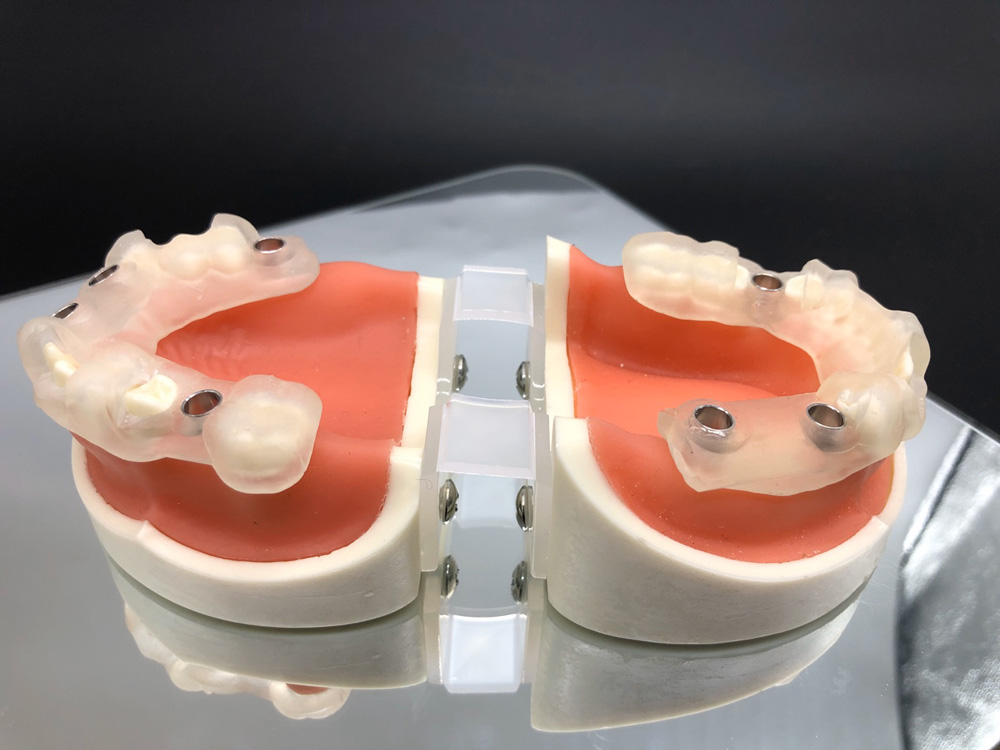
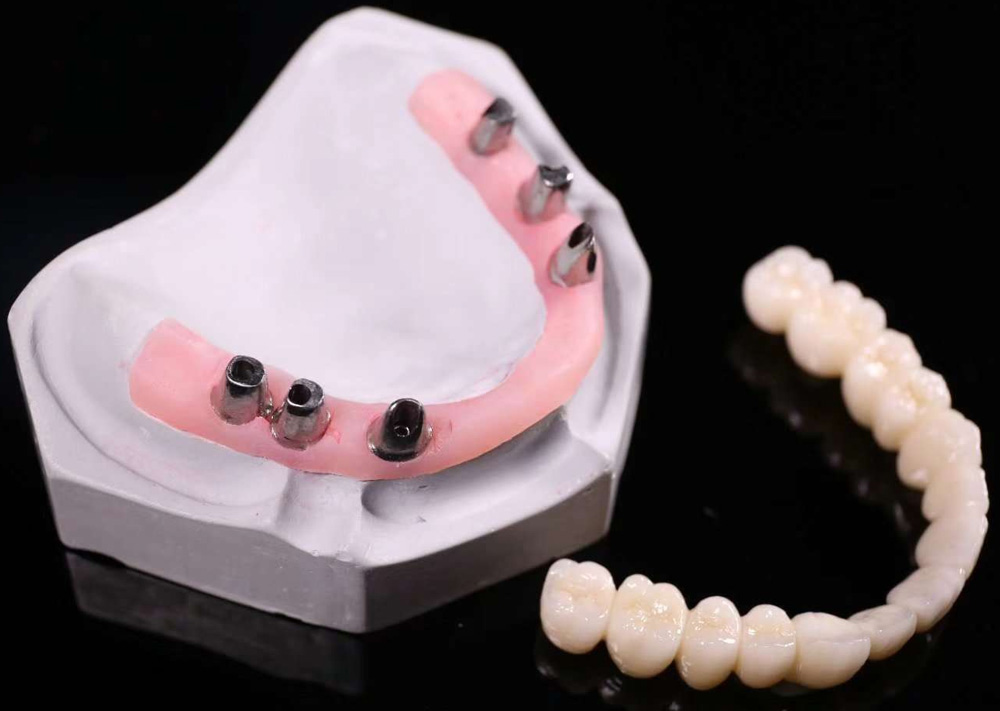
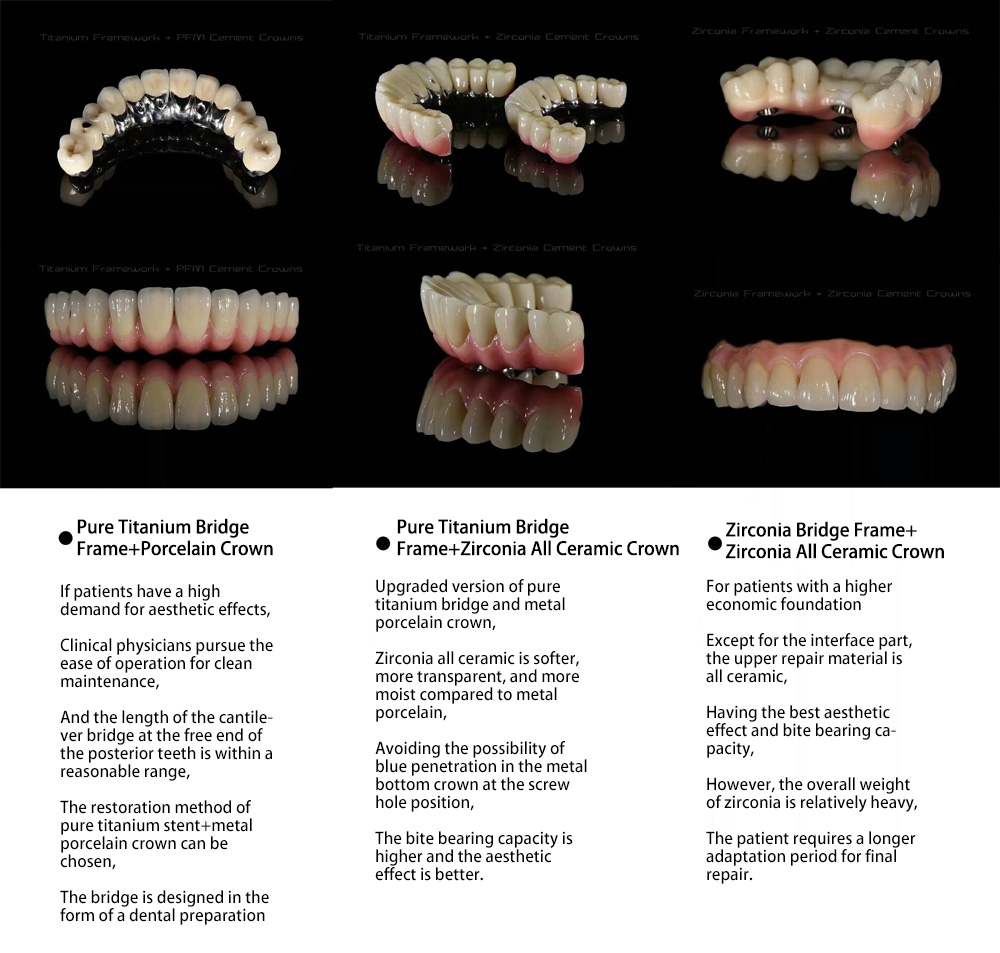
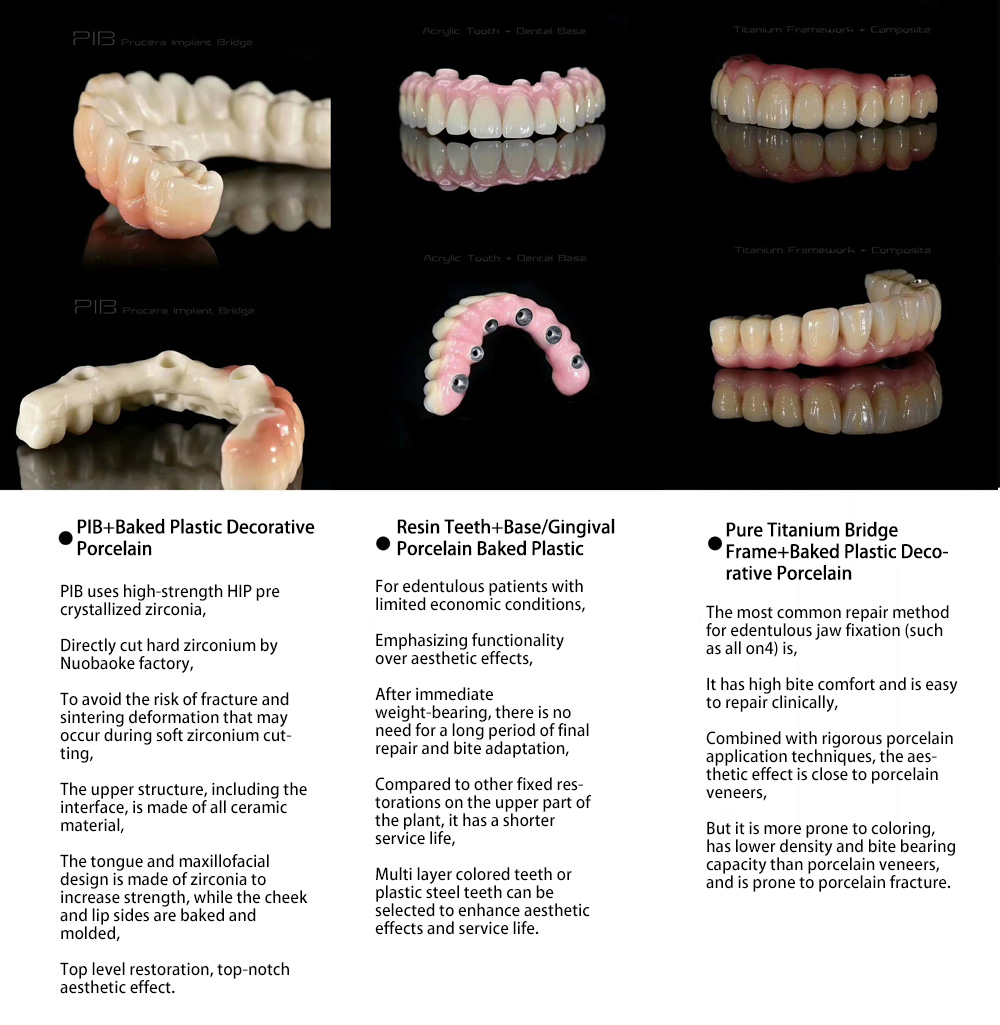



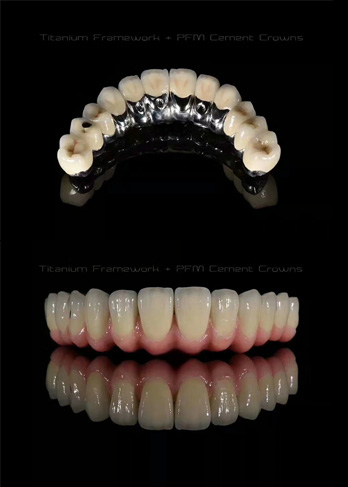
If patients have high demands for aesthetic effects, clinical physicians pursue the ease of clean maintenance, and the length of the cantilever bridge at the free end of the posterior teeth is within a reasonable range, the restoration method of pure titanium bracket+metal porcelain crown can be chosen. The bridge is designed in the form of a tooth preparation and bonded into a porcelain crown.
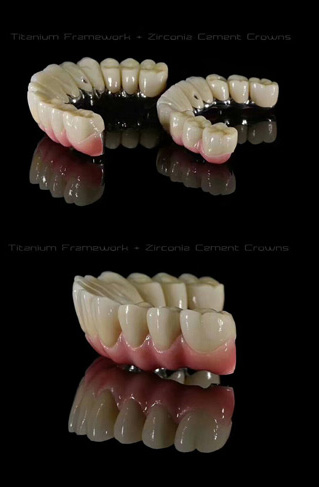
The upgraded version of pure titanium bridge and metal porcelain crown, zirconia all ceramic is softer, more transparent, and more moist compared to metal porcelain, avoiding the possibility of blue penetration in the screw hole position of the metal bottom crown. It has higher bite bearing capacity and better aesthetic effect.
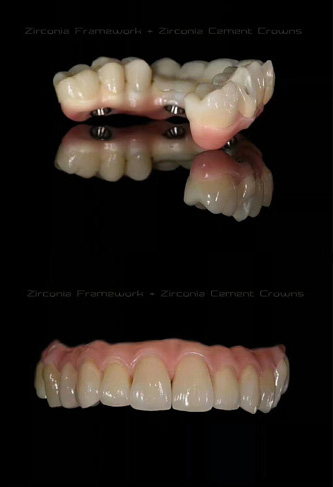
For patients with a higher economic foundation, except for the interface, all upper repair materials are made of all ceramic, which has the best aesthetic effect and bite bearing capacity. However, the overall weight of zirconia is heavier, and patients need a longer final repair adaptation period.
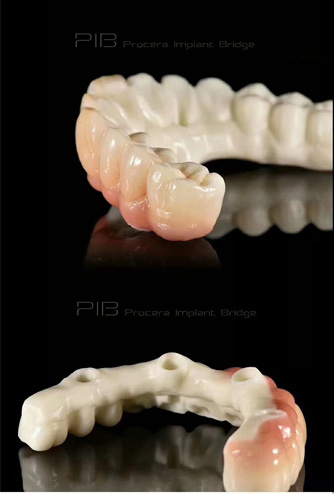
PIB adopts high-strength HIP pre crystallized zirconia, which is directly cut by the original factory of Nuobaoke with hard zirconia to avoid the risk of fracture and sintering deformation that may exist in soft zirconia cutting. The upper structure, including the interface, is made of all ceramic material, and the tongue and jaw sides are designed with full zirconia to increase strength. The cheek and lip sides are baked and molded, and the top level is repaired, achieving a top-notch aesthetic effect.
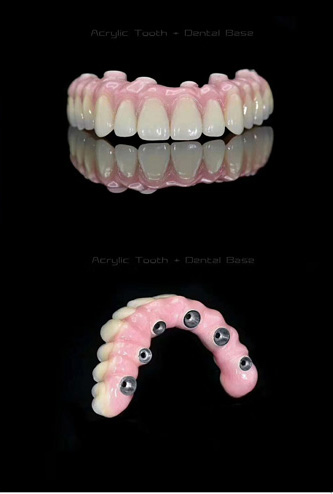
For edentulous patients with limited economic conditions, emphasis should be placed on functionality over aesthetic effects. After immediate weight-bearing, there is no need for a longer final restoration period for bite adaptation. Compared to other fixed restorations, the service life of upper implant restorations is relatively short. Multi layer colored teeth or plastic steel teeth can be chosen to enhance aesthetic effects and service life.
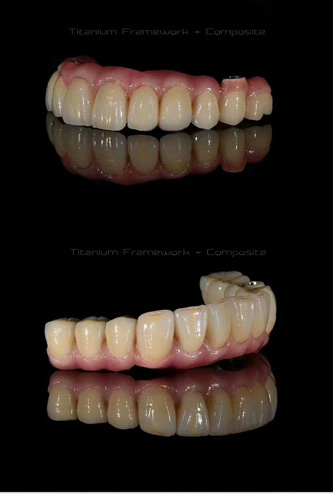
The most common repair method for edentulous fixed restorations (such as all on4) has high bite comfort and is easy to repair clinically. With rigorous porcelain application techniques, the aesthetic effect is similar to porcelain veneers, but it is prone to discoloration, lower density, and bite bearing capacity compared to porcelain veneers, and is prone to porcelain fracture.
